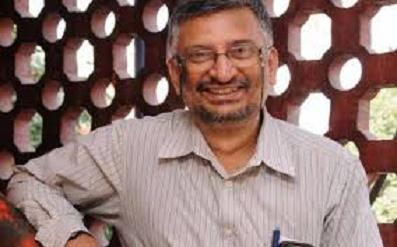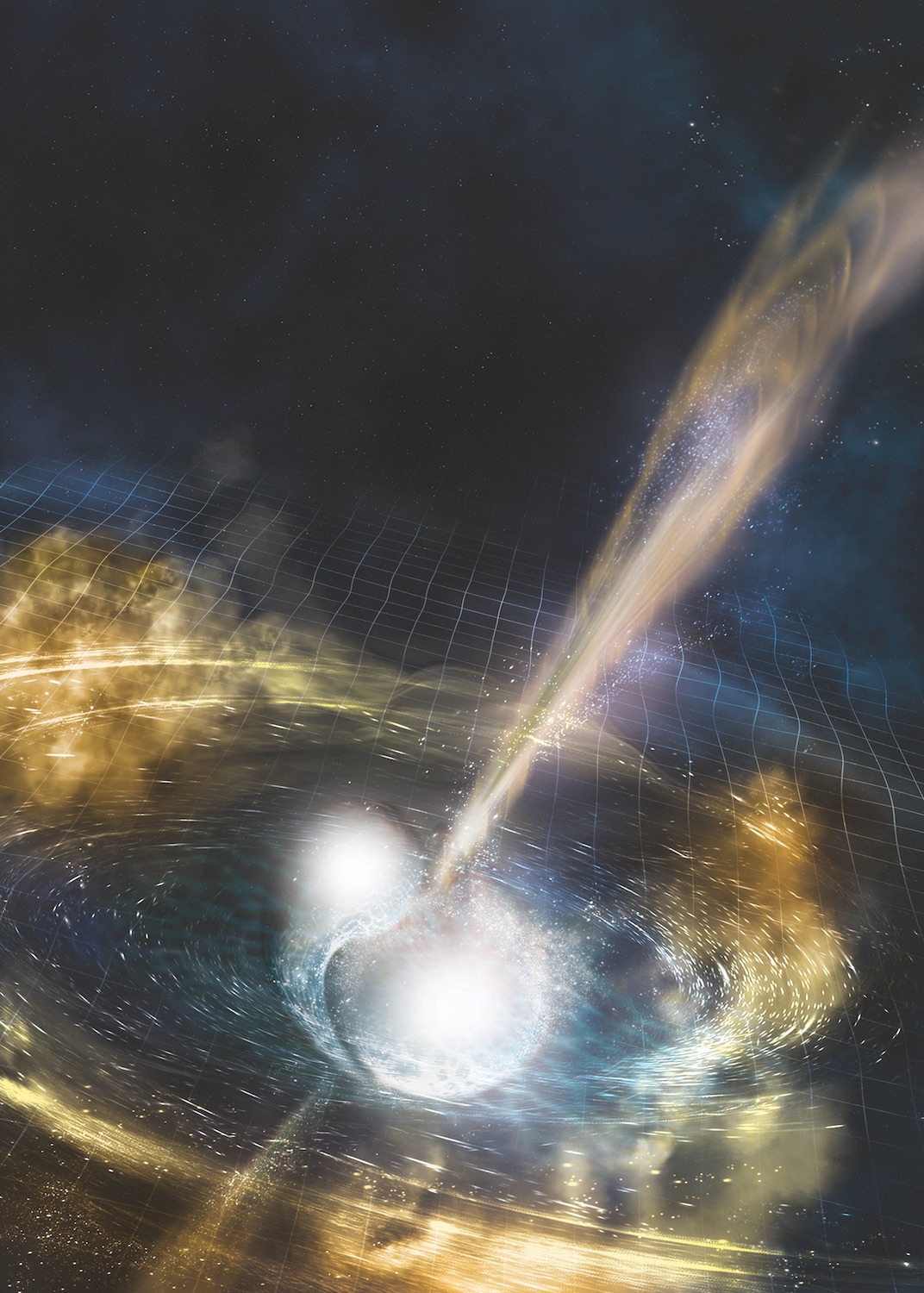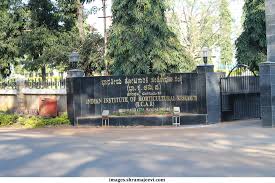Within twenty months after announcement of the first confirmed detection of gravitational waves and within two weeks of the discovery winning the Nobel Prize, the LIGO-Virgo collaboration - that includes 40 odd scientists from 13 Indian institutions - has announced once again a breathtaking discovery - first ever direct observation of gravitational waves emerging from the merger of two neutron stars. Earlier detections were black hole -black hole mergers.
The announcement was made in a simultaneous worldwide press conference by the participating institutes coinciding the publication of results in the journal Physical Review Letters.
David Reitze, executive director, LIGO Laboratory, Caltech announced that the US-based Laser Interferometer Gravitational-Wave Observatory (LIGO) and the Europe-based Virgo have detected the fifth gravitational wave on August 17, 2017, which is a result of a collision of two neutron stars. While the last four discoveries were the result of the merger of two black holes for the first time astronomers have seen the merger of two neutron stars.
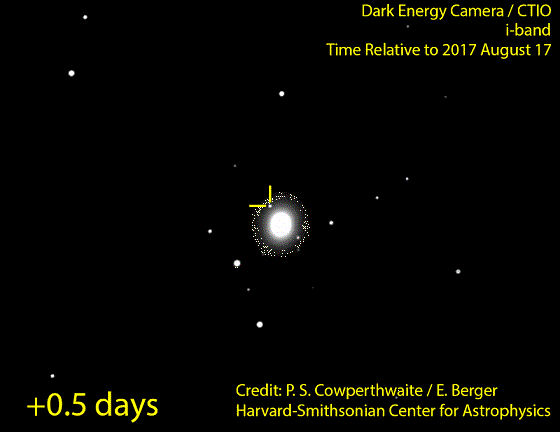
"Gravitational Wave detection of a binary neutron star merger, together with confirmation and identifying the location of the optical counterpart by conventional telescopes completes the integration of gravitational waves into astronomy," said Dr. Souradeep.
Rumours were circulating for more than a month that something huge has been discovered by the LIGO-Virgo collaboration, and finally, the discovery was announced on Monday in the US. In India, Dr. Tarun Souradeep, LIGO-India spokesperson made the announcement at the Inter-University Centre for Astronomy and Astrophysics (IUCAA) in Pune. “Gravitational Wave detection of a binary neutron star merger, together with confirmation and identifying the location of the optical counterpart by conventional telescopes completes the integration of gravitational waves into astronomy,” said Dr. Souradeep.
When two black holes collide, we cannot see anything in any type of telescope, but when neutron stars bump into each other, they radiate in almost all wavelengths. “For the first time we were able to observe the afterglow of the event and make many inferences,” says Dr. Dipankar Bhattacharya of IUCAA, Pune, a lead institution from India participating in LIGO collaboration. The collision took place in the modest elliptical galaxy NGC4993 just 130 million light-years away in the Hydra constellation. This was the nearest gravitational source detected so far and hence was also the strongest.
The event
When massive stars reach the end of their life, they explode spectacularly into a supernova, and the core of the star becomes highly dense neutron star. Massive than Sun, but the size just 20 kilometres across, neutron stars are the densest objects in the universe. A teaspoon of material would weight whole of Mount Everest.
Two neutron stars with 1.1 to 1.6 times the mass of the sun, tangoed around each other for about 100 seconds as they spiralled towards each and bumped into each other. The cataclysmic collision resulted in the generation of mighty gravitational waves, and emission of powerful gamma-ray burst, and energy in practically all over the electromagnetic spectrum. In addition to gravitational wave detectors, traditional telescopes could observe the event.
“In this event named GW170817, the binary neutron stars have merged most likely into a black hole as the conserved mass after the collision is perhaps greater than the upper limit for a neutron star,” says Dr. Bhattacharya. “Unlike the collision of a black hole, which leaves practically no afterglow, when neutron stars collide, they emit radiation at all electromagnetic wavelengths that helps us investigate how matter behaves in extreme conditions such as neutron stars,” says Samir Dhurde, Science Educator and Astronomer from IUCAA. “This is precisely the kind of signal that can significantly improve our understanding of the true nature of gravity and can provide new insights into the physics of ultra-dense matter”, says Dr. C K Mishra from IIT Madras.
Indian contribution
“AstroSAT was occulted by Earth and hence could not pinpoint the gamma-ray burst, but Indian telescopic assets like Himalayan Chandra Telescope and GMRT Pune played a significant role in the discovery,” says Dr. Bhattacharya. However, in the classical Sherlock Holmes style, ‘why the dog did not bark’, the non-detection of gamma rays by AstroSAT and the non-detection of gravitational waves by the third detector, Virgo, at Europe meant they were in the blind spots. Using this information, astronomers were able to infer that the location of the source of the gravitational wave was in the blind spots of both these detectors and hence they could easily pinpoint the location in the sky.
Along with Fermi space telescope, Chandra X-ray Telescope, the Hubble Space Telescope and the Gemini South optical/infrared telescope, Indian astronomical assets were swung into action. “The Himalayan Chandra Telescope at Hanle, Ladakh, quickly ruled out any connection between the neutrinos observed from the same direction of the sky by the Ice Cube observatory in Antarctica. Further, observations with the GMRT radio telescope in Pune found that the emission from the GRB jet is weaker than normal, suggesting a wider spread of material” says Dr. Bhattacharya.
“The Indian instruments significantly contributed to understanding the event” added Dr Tarun Souradeep. He is hopeful that that planned LIGO-India detector, jointly funded by the Department of Atomic Energy (DAE) and the Department of Science & Technology (DST), “will increase the sensitivity of the international gravitational-wave network and help pinpoint the exact location of the gravitational wave event”.
“This discovery so fundamental that it is definitely a strong candidate for another Nobel prize!” says Dr. Arun,Chennai Mathematical Institute, who was part of the team that studied the astrophysical implications of the joint detection. “The prospects for future is even more exciting. During next observation runs, these events may become routine and we may be up for many surprises. This is the true power of multi-messenger astronomy” he adds.
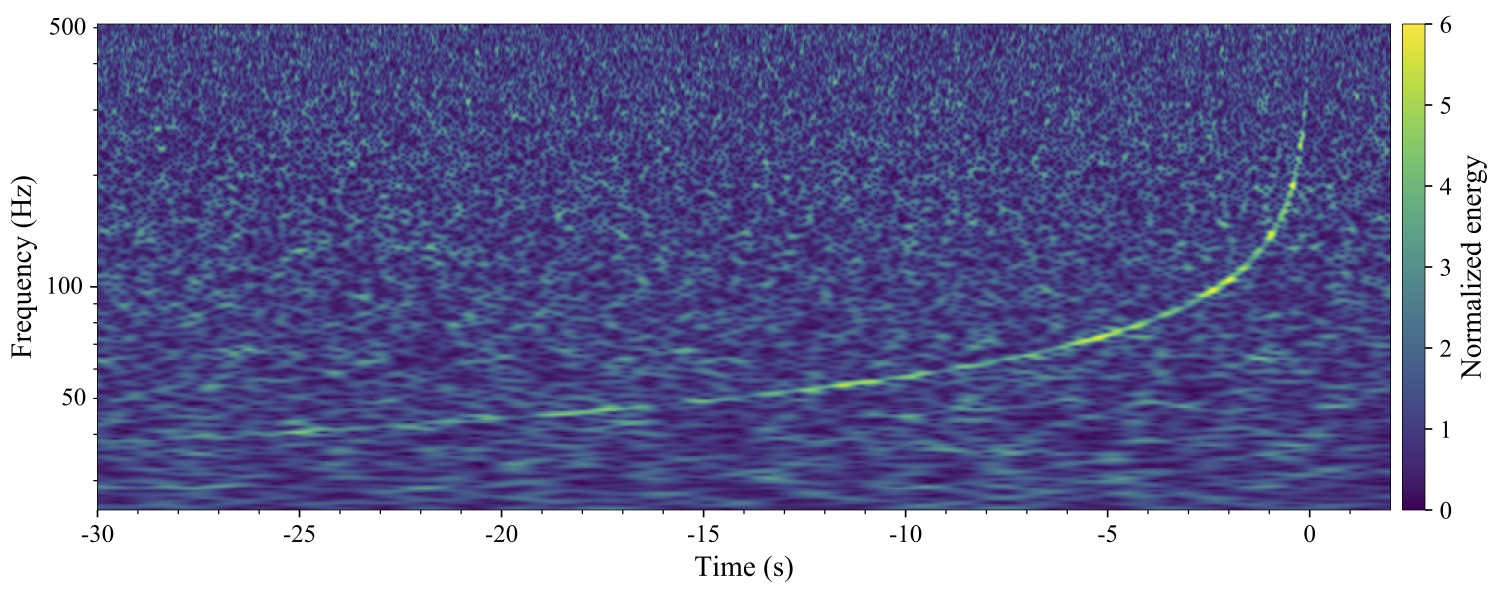
What does this discovery tell us?
Initially, gamma ray telescopes were sent in spacecraft to identify clandestine nuclear weapons tests, but the scientists were puzzled by the sudden high energetic burst of gamma rays from deep space. Each of these gamma-ray bursts (GRBs) spewed energy equal to energy radiated by the sun in 10 billion years which in a matter of seconds. Convinced that these GRBs could not be the telltale signature of atomic bomb explosions, astronomers looked for a different explanation. It was speculated that GRBs were results of collision of two neutron stars, but until now lacked direct evidence. The present discovery offers “first conclusive evidence that short gamma-ray bursts, often seen by orbiting satellites, are indeed created by colliding neutron stars” says Niruj Ramanujam, chairperson of POEC, Astronomical Society of India.
While Hydrogen, Helium with a small amount of lithium were created from the process of big-bang, elements such as oxygen, carbon were formed in the nucleosynthesis in ordinary stars like our Sun. It is the process of the conversion of one element into another, through nuclear fusion that generates energy in stars and makes it glow. However, computations showed that only elements up to Iron in the periodic table could be cooked inside the stellar core. How does gold, platinum, and other higher elements are formed was a mystery. Astronomers claimed that higher elements were created in the cataclysmic events like ‘kilonova,' a collision of two neutron stars. Spectral study of the afterglow of this event has shown that gold, platinum, and other higher elements were indeed formed, as computed, as an after effect of the collision. “We may have just discovered the source of the cosmic gold that adorns every piece of jewellery and ornament on Earth” said Dibyendu Nandi IISER Kolkata, a member of the team.
Near-simultaneous detection of the gravitational waves and gamma rays indicate that gravitational waves travel at the speed of light as predicted by Einstein. Until now there was no direct evidence.
Measurements from this event also has provided an entirely new measurement of the rate at which the universe is expanding. Called Hubble constant this number is important to determine the age of the universe, make sense of dark matter and dark energy. Until now other means off determining this constant has been dogged in controversy and the rate was thought to be anywhere between 67 to 72 kilometres per second per megaparsec. Gravitational waves is one of the cleanest way to compute the number and preliminary computation from LIGO data yields a value of 70 kilometres per second per megaparsec.
What are gravitational waves
The universe painted by the Newtonian gravity is placid; two perfectly stable masses could orbit their center of gravity for eternity. But General Relativity tells us that slight amount of energy would be lost when each of the masses is accelerated as they pass through the respective gravitational field. This energy is radiated into space as gravitational wave predicted Einstein about a century ago. Slowly and steadily, over a period of time, the system will decay, and both masses will come closer and closer, finally swirl rapidly, close to the speed of light, and end in a collision. The gravitational waves generated during the death dance would be stronger and would have detectable disturbances in the space-time fabric millions of light years away.
As the oscillation of electric charge in the magnetic field produce electromagnetic waves, oscillation of masses in a gravitational field, Einstein said, would produce gravitational waves. The energy carried by the gravitation wave is so small, Einstein was skeptical if ever we could detect them. Physicists Rainer Weiss, Kip Thorne, and Barry Barish were awarded this year's Noble prize was designing, constructing and demonstrating a viable gravitational detector that is so sensitive that even a change of length of one atom size between Earth and Sun could be detected using sophisticated interferometry and complex computer programmes to detect the true fingerprint of gravitational wave from astounding background noise. (India Science Wire)
